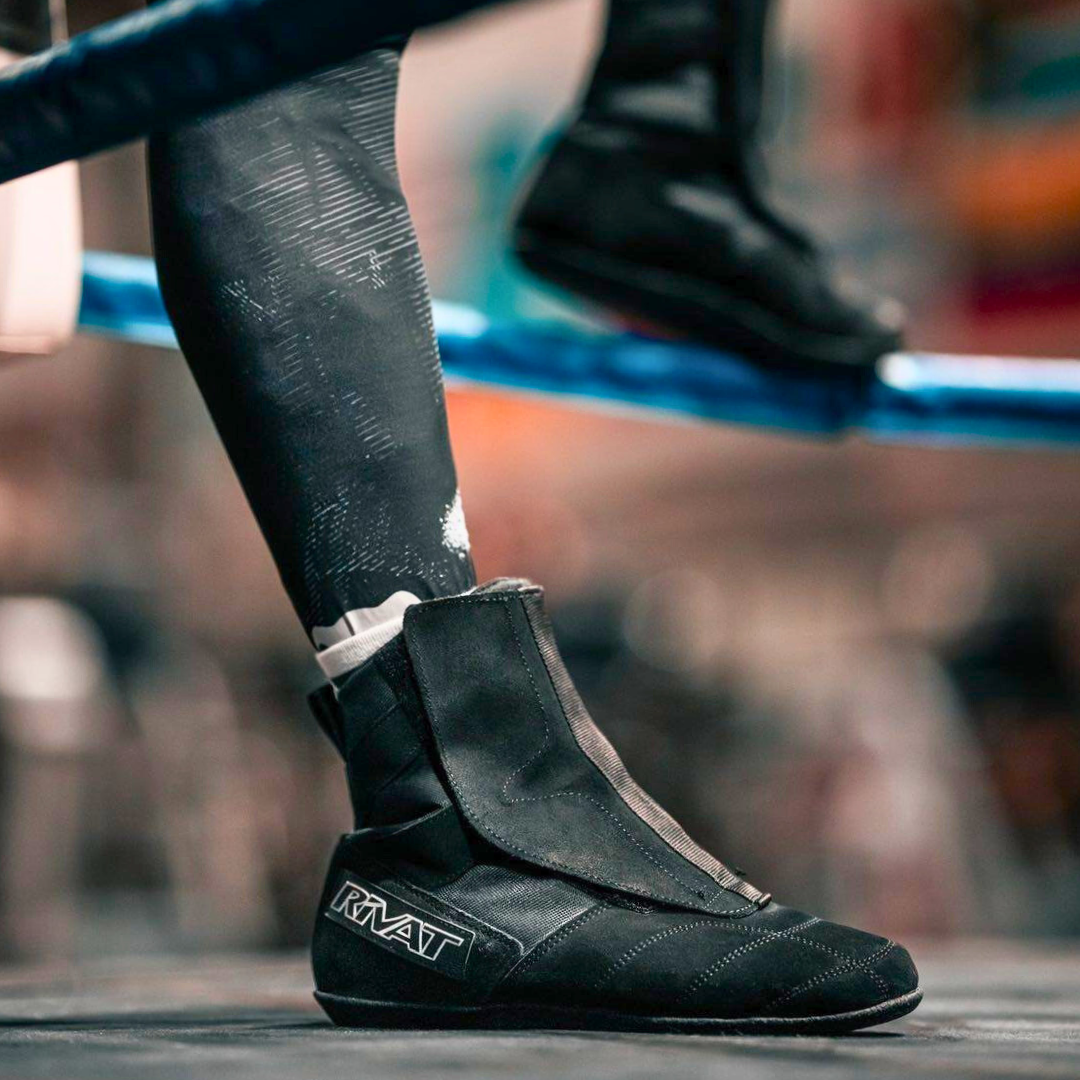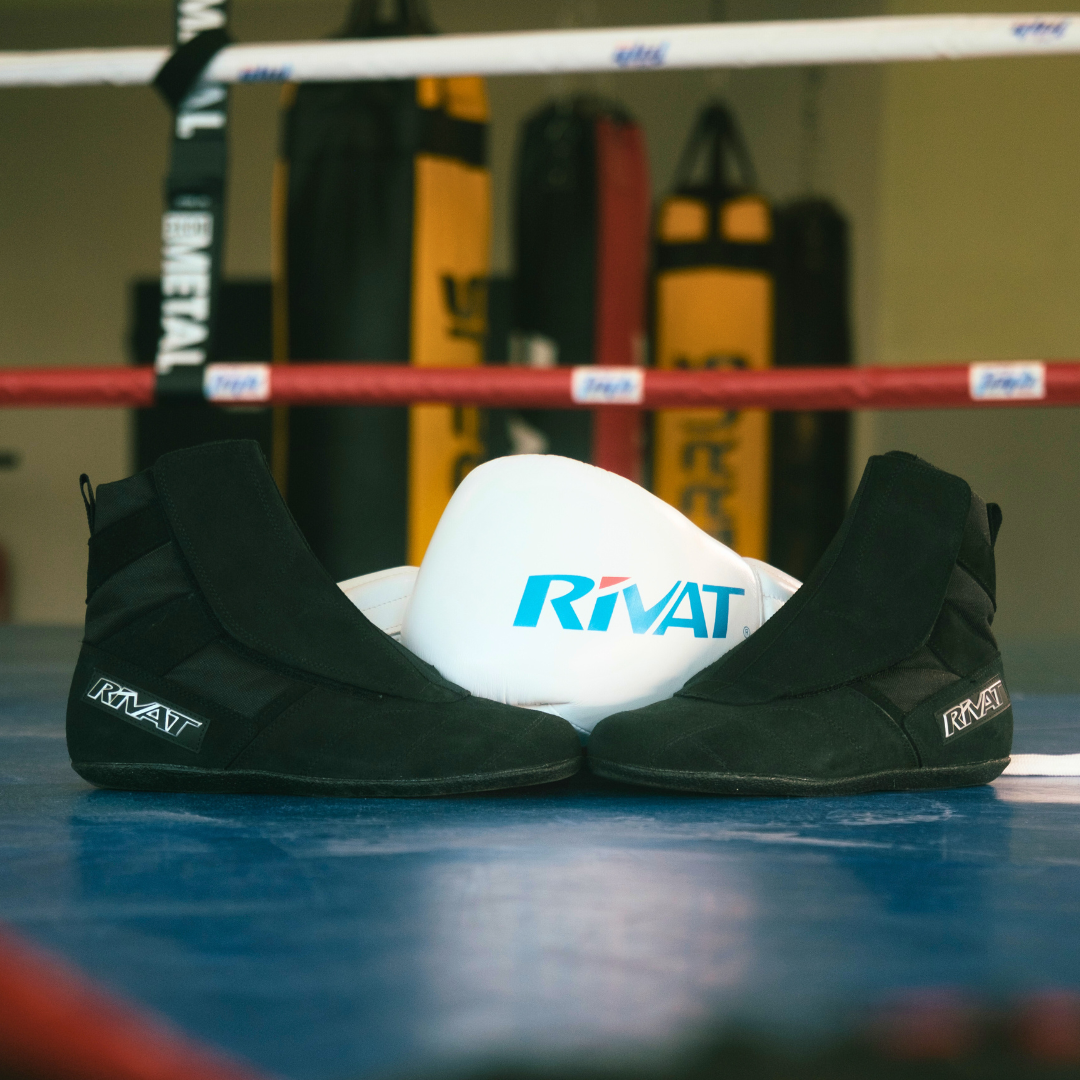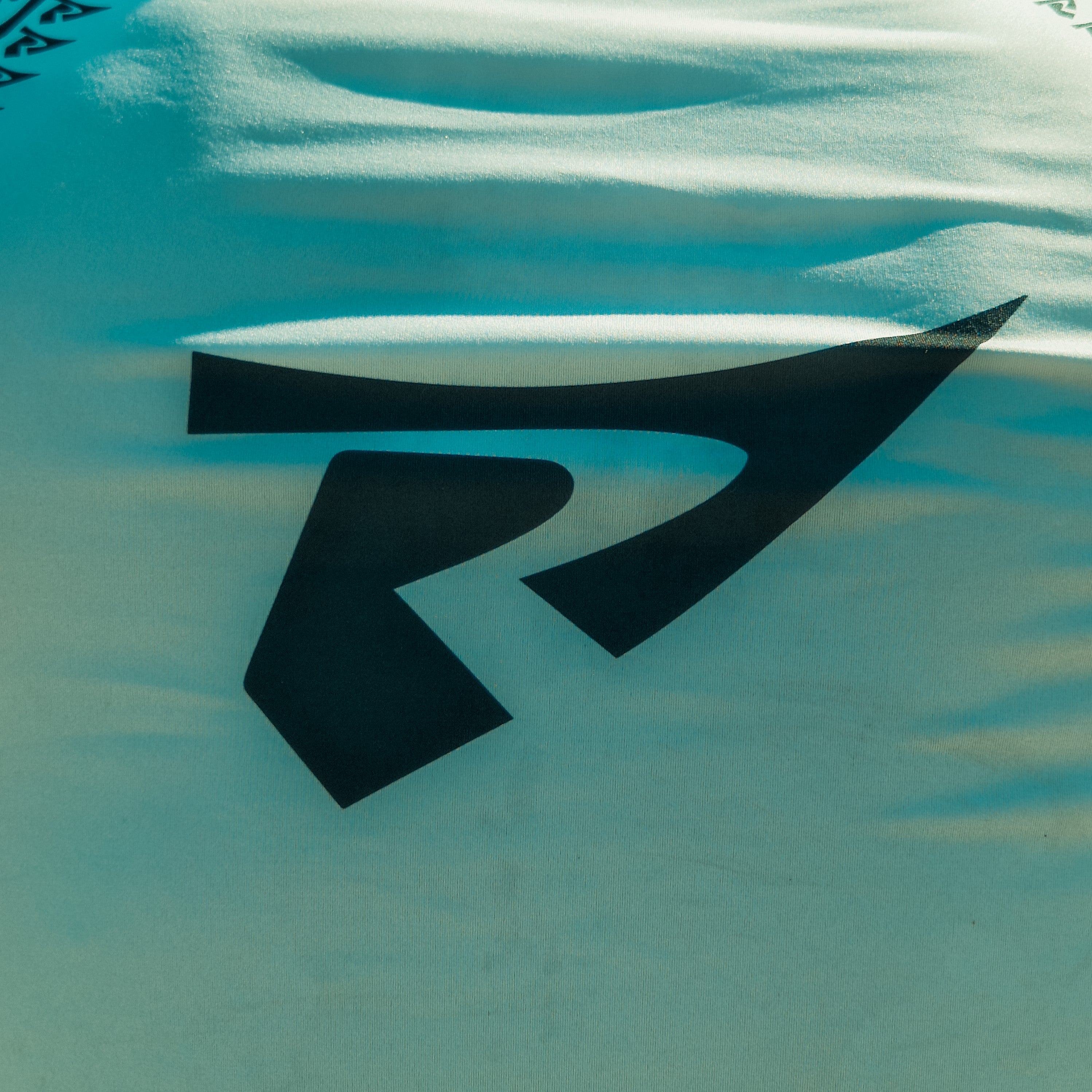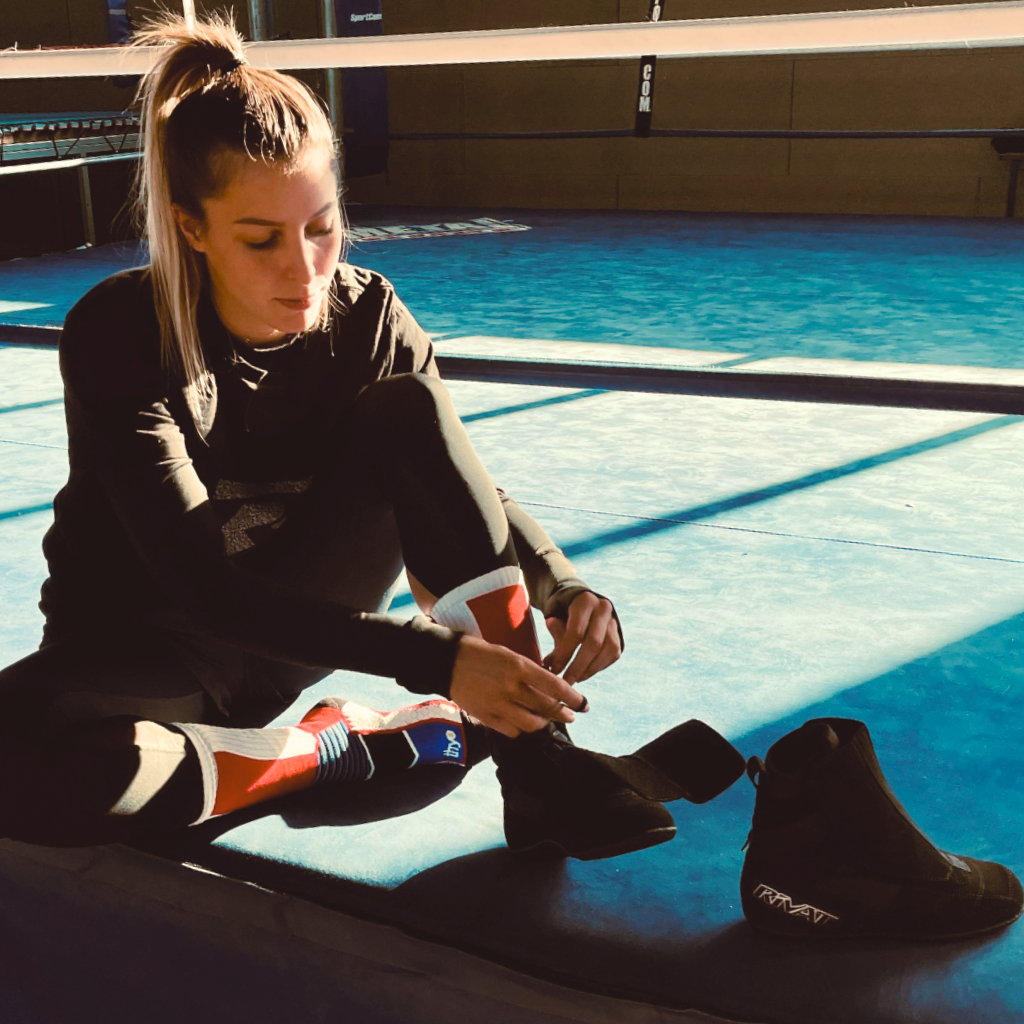1. Washing: Good practices
1.1 Washing temperature
- Optimal temperature: Wash your technical clothing at a temperature of 30°C. Too high a temperature can alter technical fibers, reducing their elasticity and their ability to manage moisture.
- Washing cycle: Use a delicate cycle to minimize wear on the fibers. This program reduces friction between the garments, thus preserving their integrity.
1.2 Use of detergents
- Mild detergents: Choose detergents without bleach or softeners. Harsh chemicals can damage technical fabrics, affecting their breathability and ability to wick away sweat.
- Avoid fabric softener: Fabric softeners can clog breathable fibers, preventing proper moisture management and reducing garment performance.
1.3 Precautions for colors
- Color separation: Wash light and dark clothes separately to avoid fading. Some technical clothing, especially brightly colored ones, may bleed during the first few washes.
- First wash: For new clothes, do a first wash separately to avoid any discoloration on other clothes.
2. Drying: Preserving fiber performance
2.1 Air drying
- Natural drying: Dry your clothes in the open air, preferably in the shade. Direct exposure to sunlight can alter colors and weaken fibers.
- No tumble drying: Tumble drying can distort your technical clothing and affect its elasticity. Prefer natural drying to preserve the quality of the fabrics.
2.2 Avoid direct heat sources
- Heat sources: Do not place your technical clothing near a radiator, stove or other intense heat source. Excessive heat can distort the fibers and reduce the life of the clothing.
3. Storage: Maintain form and function
3.1 Storage techniques
- Flat storage: Fold your technical garments and store them flat to avoid distortion. Hanging them could stretch the fibers, especially at the shoulders or seams.
- Avoid friction: Store technical clothing separately from items with zippers, buttons or Velcro, which could snag and damage the fibers.
3.2 Organization of clothes
- Spacing: Avoid piling up your technical clothing. Airy storage helps preserve its shape and avoids pronounced creases that could alter its structure.
- Storage Bags: For clothes you don't use frequently, consider fabric storage bags that allow for good ventilation while protecting them from dust.
4. Stain cleaning: React quickly and effectively
4.1 Identification of stains
- Sweat Stains: Treat sweat stains as soon as possible to prevent them from setting and discoloring the fabric. Use a mild detergent or diluted white vinegar to pre-treat.
- Mud and grass stains: Allow mud to dry before gently removing with a soft brush. Then treat residue with a mild stain remover before washing.
4.2 Pre-processing techniques
- Direct Application: Apply a small amount of mild detergent directly to the stain before washing. Gently massage the fabric to allow the detergent to penetrate the fibers.
- Gentle Brushing: For stubborn stains, use a soft-bristled brush to gently scrub the affected area without damaging the fibers.
5. Seam and elastic care: Protect sensitive areas
5.1 Preserving seams
- Gentle Handling: Avoid pulling or forcing on seams when putting on or taking off garments. This will prevent stretching and weakening of the seams.
- Regular Inspection: Check the condition of the seams regularly. If you notice any loose threads, consider a quick repair to prevent the seam from completely unraveling.
5.2 Care of elastics
- Avoid twisting: Do not twist clothes to wring them out. This could stretch or deform the elastics, reducing their effectiveness.
- Avoid excessive stretching: When wearing and taking off clothes, be careful not to overstretch elastic parts, such as the waist or cuffs, to preserve their elasticity.
6. Waterproof Clothing Care: Maintaining Protection
6.1 Reactivation of Waterproofing
- Waterproofing: After several washes, it may be necessary to reactivate the waterproofing of your technical clothing. Use a waterproofing spray specially designed for technical clothing.
- Recommended drying: After application, allow to air dry to allow the product to properly impregnate the fabric.
6.2 Specific cleaning
- No conventional detergents: Waterproof clothing requires special care. Use specific detergents for waterproof clothing that do not alter the water-repellent treatments.
- Rinse thoroughly: Be sure to rinse clothes thoroughly after washing to remove any traces of detergent that could damage the waterproof membrane.
7. Respect for labels: Follow the manufacturer's instructions.
7.1 Importance of labels
- Read the labels: Each RIVAT technical garment comes with a specific care label. Following these instructions is crucial to ensure the longevity and performance of your garments.
- Washing and drying instructions: Labels provide valuable information on washing temperatures, cycles to use, and appropriate drying instructions.
7.2 Common Symbols
- Machine wash: Tub symbol with or without number. The number indicates the maximum temperature.
- No dryer: Square symbol with a crossed-out circle.
- Gentle ironing: Iron symbol with one or two dots indicating the maximum ironing temperature.
8. Tips for maximum durability: Extend the life of your clothes
8.1 Wash less frequently
- Alternative care: After a light session, consider airing your clothes instead of washing them systematically. This reduces wear and tear from frequent washing.
- Using Deodorizing Sprays: An anti-bacterial deodorizing spray can be used between washes to freshen your clothes.
8.2 Preventive repairs
- Minor Repairs: If you notice a small tear or loose stitching, repair it immediately. This will prevent the problem from getting worse, requiring more extensive repairs or replacement of the garment.
- Repair Kit: Keep a small repair kit handy, including thread, needle, and iron-on patches for quick fixes.
8.3 Avoid overloading
- Wash in reasonable quantities: Do not overload the washing machine. Technical clothing must be able to move freely for effective cleaning without too much friction.
Conclusion
By following this comprehensive care guide, you can ensure that your RIVAT technical clothing lasts a long time while maintaining its exceptional performance. The care you give to your equipment will be reflected in the quality of your training and competitions, allowing you to continue to surpass yourself with confidence. Adopt these best practices to preserve RIVAT excellence and continue to excel in your discipline.








